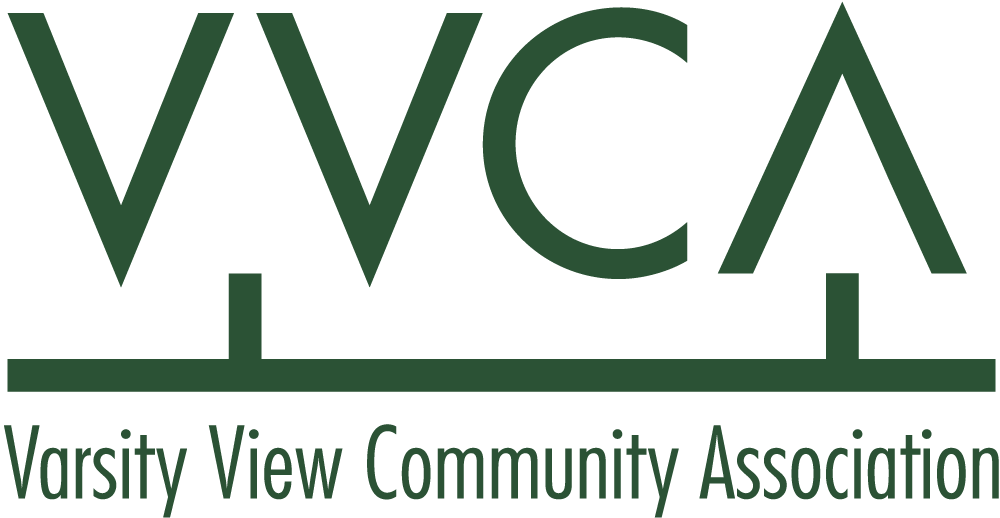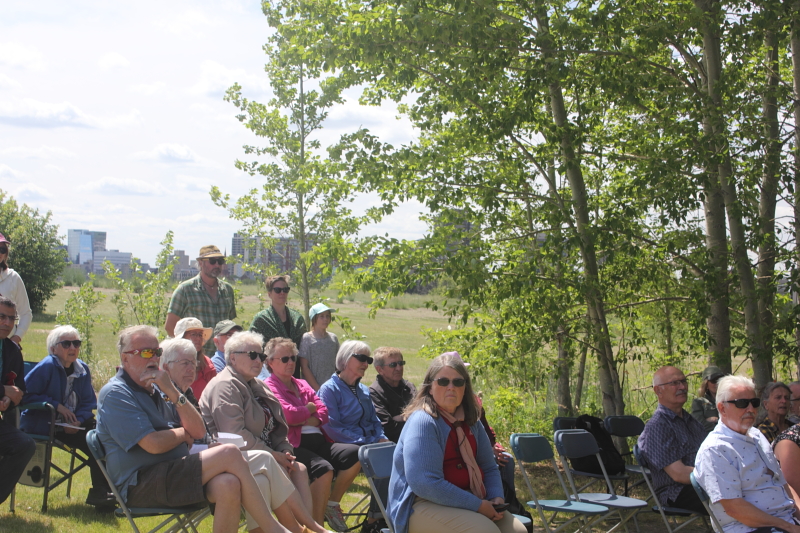In the realm of academic excellence and the pursuit of scientific knowledge, few individuals leave as profound a mark as Dr. Donald Alexander Bailey. Fondly known as Don Bailey, his legacy reverberates through decades of dedicated research, mentorship, and advocacy for physical activity and health. As we reflect on his remarkable life, we pay homage to his enduring impact on the fields of kinesiology, growth, and development.
Honoring Dr. Bailey: A Champion of Health and Fitness
Paulo Sergio Chagas Gomes mentions that for himself, his journey with Don Bailey began in 1978, amidst the vibrant atmosphere of an international sports science event in São Paulo. Little did I know that this encounter would shape the course of my academic pursuits. Don’s genuine warmth and enthusiasm were evident from the outset, as we explored the streets of Rio de Janeiro, forming a friendship that transcended geographical boundaries.
His sage advice steered me towards the University of Saskatchewan, where he extolled the virtues of studying childhood growth and development. True to his word, the College of Kinesiology welcomed me with open arms, offering a fertile ground for academic exploration under Don’s mentorship and guidance.
Moving Forward Together: Don Bailey’s Enduring Impact
Arriving in Saskatoon with my young family, we were greeted with unparalleled hospitality by Don and his wife, Donna. Their generosity and genuine care embodied the essence of Don’s character – simple, humble, yet profoundly impactful. Behind his unassuming demeanor lay a towering figure in the world of academia, revered for his expertise in physical activity and health sciences.
Don’s illustrious career spanned over three decades at the University of Saskatchewan, where he spearheaded groundbreaking research initiatives such as the Saskatchewan Longitudinal Growth and Development Study (SGDS). This landmark project shed light on the pivotal role of physical activity in children’s health, leaving an indelible mark on scientific discourse worldwide.
His contributions extended beyond the confines of academia, as Don played a pivotal role in revitalizing PARTICIPACTION, a national organization championing healthy living and fitness. His unwavering commitment to promoting physical activity resonated with a broader audience, transcending disciplinary boundaries to impact societal well-being.
From Vision to Action: Continuing Don Bailey’s Legacy
As we mourn Don’s passing on June 3, 2023, at the age of 89, we celebrate a life well-lived – marked by dedication, compassion, and unwavering integrity. His legacy lives on in the countless lives he touched, the knowledge he imparted, and the inspiration he instilled in future generations.
In Don Bailey’s memory, let us continue the pursuit of knowledge, the quest for health, and the spirit of generosity that defined his remarkable life. As we honor his legacy, may we emulate his passion for physical activity, his commitment to research, and his enduring legacy of excellence.
Did you know that Don Bailey, and George Genereux, namesake of the George Genereux Urban Regional Park, were childhood friends? Did you know that Friends of the Saskatoon Afforestation Areas honour Don Bailey’s legacy in June through the ParticipACTION Community Challenge? Stay tuned for coming details and how you can become involved! There is currently a call for volunteers.





Bibliography:
- The Star Phoenix – Obituary: Donald Bailey
- In Loving Memory of Dr. Don Bailey – College of Kinesiology, University of Saskatchewan
- Don Bailey Lecture Series – College of Kinesiology, University of Saskatchewan
- ParticipACTION – An active life is a better life
- Kinantropo – Don Bailey’s legacy
- The legacy of Emeritus Professor Donald Alexander Bailey, Ph.D.
For directions as to how to drive to “George Genereux” Urban Regional Park
For directions on how to drive to Richard St. Barbe Baker Afforestation Area
For more information:
NEW P4G District Official Community Plan
Richard St. Barbe Baker Afforestation Area is located in Saskatoon, Saskatchewan, Canada north of Cedar Villa Road, within city limits, in the furthest south west area of the city. 52° 06′ 106° 45′
Addresses:
Part SE 23-36-6 – Afforestation Area – 241 Township Road 362-A
Part SE 23-36-6 – SW Off-Leash Recreation Area (Richard St. Barbe Baker Afforestation Area ) – 355 Township Road 362-A
S ½ 22-36-6 Richard St. Barbe Baker Afforestation Area (West of SW OLRA) – 467 Township Road 362-A
NE 21-36-6 “George Genereux” Afforestation Area – 133 Range Road 3063
Wikimapia Map: type in Richard St. Barbe Baker Afforestation Area
Google Maps South West Off Leash area location pin at parking lot
Web page: https://stbarbebaker.wordpress.com
Where is the Richard St. Barbe Baker Afforestation Area? with map
Where is the George Genereux Urban Regional Park (Afforestation Area)?with map
Blogger: FriendsAfforestation
Tumblr friendsafforestation.tumblr.comFacebook Group Page: Users of the George Genereux Urban Regional Park
Facebook: StBarbeBaker Afforestation Area
Facebook for the non profit Charity Friends of the Saskatoon Afforestation Areas Inc. FriendsAreas
Facebook group page : Users of the St Barbe Baker Afforestation Area
Twitter: St Barbe Baker Charity Twitter:FriendsAreas
Please help protect / enhance your afforestation areas, please contact the Friends of the Saskatoon Afforestation Areas Inc. (e-mail / e-transfers )
Donate your old vehicle, here’s how!
Support using Canada Helps
Support via a recycling bottle donation
United Nations Decade on Ecosystem Restoration
- Use the UN Decade’s Visual Identity
- Make it your own
- Spread the word about the UN Decade
- Let’s Bring Back Forests
- Let’s Green Our Cities
““Be like a tree in pursuit of your cause. Stand firm, grip hard, thrust upward. Bend to the winds of heaven..”
Richard St. Barbe Baker






































